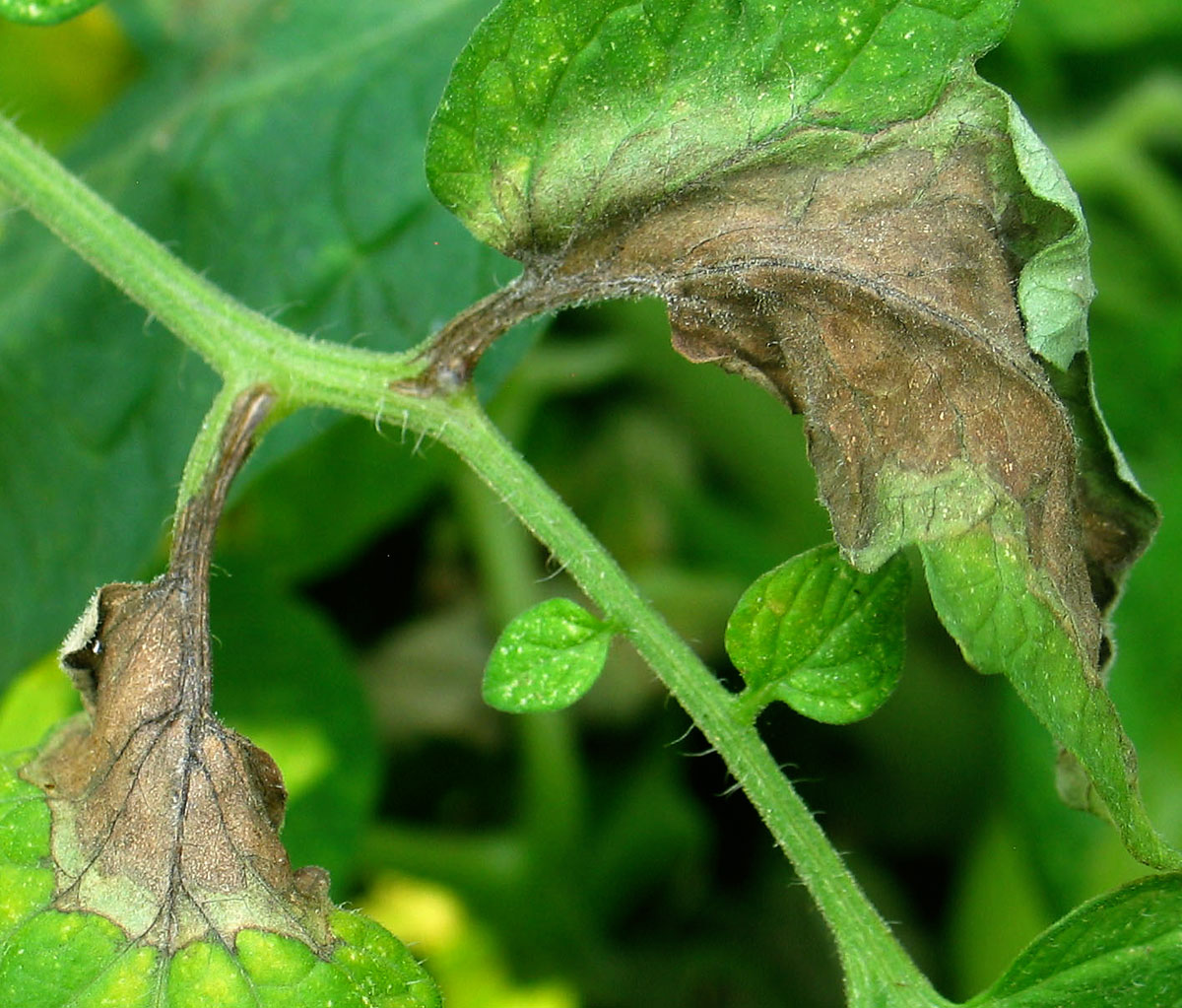

It spreads extremely fast, and the plant could be dead within days. It appears late in the growing season as dark spots that multiply before turning black and destroying the leaves.

Early blight will eventually damage the fruit. Early Blight usually rears its ugly head mid-season and presents dark, non-uniform spots on the lower leaves, which quickly begins to yellow and die.

Septoria doesn’t negatively impact fruit but needs to be dealt with all the same. Septoria Leaf Spot typically appears early in the season as small, uniform brown spots on the plant’s lower leaves.Unfortunately, blight rapidly spreads throughout the plant to neighboring ones as well. This fungal disease loves tomatoes and other nightshade plants such as peppers, eggplants, and potatoes. What Is Blight?īlight is always the uninvited guest at the garden party and can appear in a few different forms at various times in the growing season. Once it appears, blight can be difficult to eradicate, but you can use a homemade, organic solution to help slow the spread. The dreaded yellowing and brown spotting of the lower leaves were the first signs. Store for up to 1 week.After a very humid start to the summer, I discovered blight on some of my tomato plants in the garden. Spray plant, leaves top & bottom thoroughly.Always use all sprays early in morning not in the sun.Spray tops and bottoms of leaves every 3-4 days at first sign of disease or weekly as a preventative. Mix equal parts milk and water and place in your sprayer. This spray works well on squash, pumpkins, cucumbers, melons, tomatoes, asters and zinnias. Milk Spray for Mildew Milk contains enzymes and sugars which makes the surfaces of leaves less susceptible to mildew.

Mix or shake often while spraying to keep all ingredients thoroughly mixed. Pour into your sprayer and spray top and bottom of leaves thoroughly, as well as the surrounding soil. 1 teaspoon plain dishwashing soap (such as Ivory or Dawn).It is good for treating anthracnose, tomato blight, leaf blight, leaf spots, and powdery mildew. Wash hands thoroughly and be sure to clean your pruners or scissors in alcohol or bleach to help kill any virus or spores.ĭISEASE CONTROLS Baking Soda Spray for Blight, Leaf Spot and Mildew A spray made from baking soda is a great all-around disease spray. Remove badly diseased leaves and dispose of in your garbage. Note: this spray will not cure a fungus on already effected leaves but will keep it from spreading. Spray tops and bottoms of leaves thoroughly every 5-10 days until pests are gone. Several lines of commercial sprays are now available, also, so read the labels of sprays available in stores.Ĭombine oil, soap and water in a hand sprayer and mix gently. Neem oil can be purchased at most garden supply stores, health food stores and on line. It is toxic, however, to fish, so do not use around ponds, streams or other waterways, and keep from going down storm drains. It is non-toxic to birds, mammals, honeybees and ladybugs. Neem Oil Spray to Control Insects and Disease Neem oil is highly effective against many types of insects and plant diseases.


 0 kommentar(er)
0 kommentar(er)
